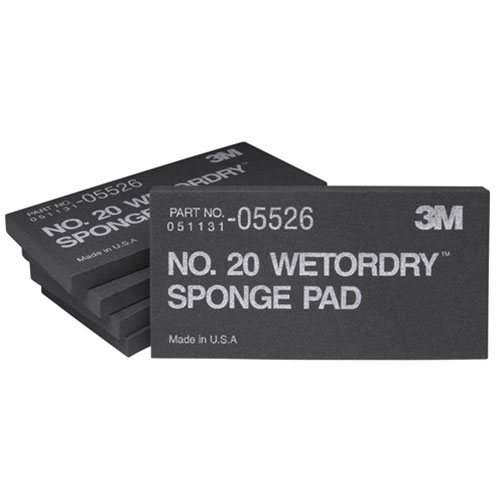You should use an epoxy primer on clean bare metal. Epoxy primer is very tough and non porous. You can do body work on top of the epoxy. A sprayed panel can sit for years, indoors, and just scuff & top coat. But epoxy is not easy to sand, So most often it is top coated with a 2k polyester filler primer (2k means two parts, primer and hardener). Poly, filler, surfacer, primer refers to a thick primer that has a hardener in it. It is used to fill minor scratches and imperfections. You lay it on thick (2-3 coats for a problem area) and it will chemically harden. These primers are easy to sand and can be top coated with just about anything after they are fully cured.
Filler primers, etc., are for the exterior of the car. You will need to wet sand the filler primer using 400 or 500 wet-dry and a sanding pad. Coarser than 400 may show scratches/ 600 is too fine and you may have adhesion problems. I use a bucket of warm water (easy on the hands) and a rag to wipe the area with. Rinse the sand paper often. As you sand you will feel the primer go from rough to smooth in just a few strokes.
Some people use a sealer primer after. This is basically to get the car all one color (because primer can/does effect the color coat) and to ensure there is no chemical reactions between the color coat and the base coat. This really only happens when shooting over old original style paint, lacquer and such. Any hardened primer, epoxy and filler) is compatible with any modern paint; acrylic enamel is good over all these primers. You don’t need a sealer unless you have these issues.
Some old school guys use a glazing compound to fill scratches, pin holes, and other imperfections. The old glazing compounds did not have a hardener and would lift when the reducer in the top coat got to it. The newer glazing compounds have a hardener and do not need to have a sealer over them.
This is why paint jobs can cost so much, even with no body work, you likely need an epoxy coat, a poly coat, then color coat, and maybe a clear coat on top.
Firm hand sanding pad to be used with a three-fold wrap of 3M silicon carbide paper sheets, Wetordry Color Sanding Paper Sheets or Production Gold Paper Sheets to make hand sanding easier and more efficient. 2-3/4 in x 5-1/2 in x 3/8 in pad size 1 sponge pad
www.autobodytoolmart.com



















